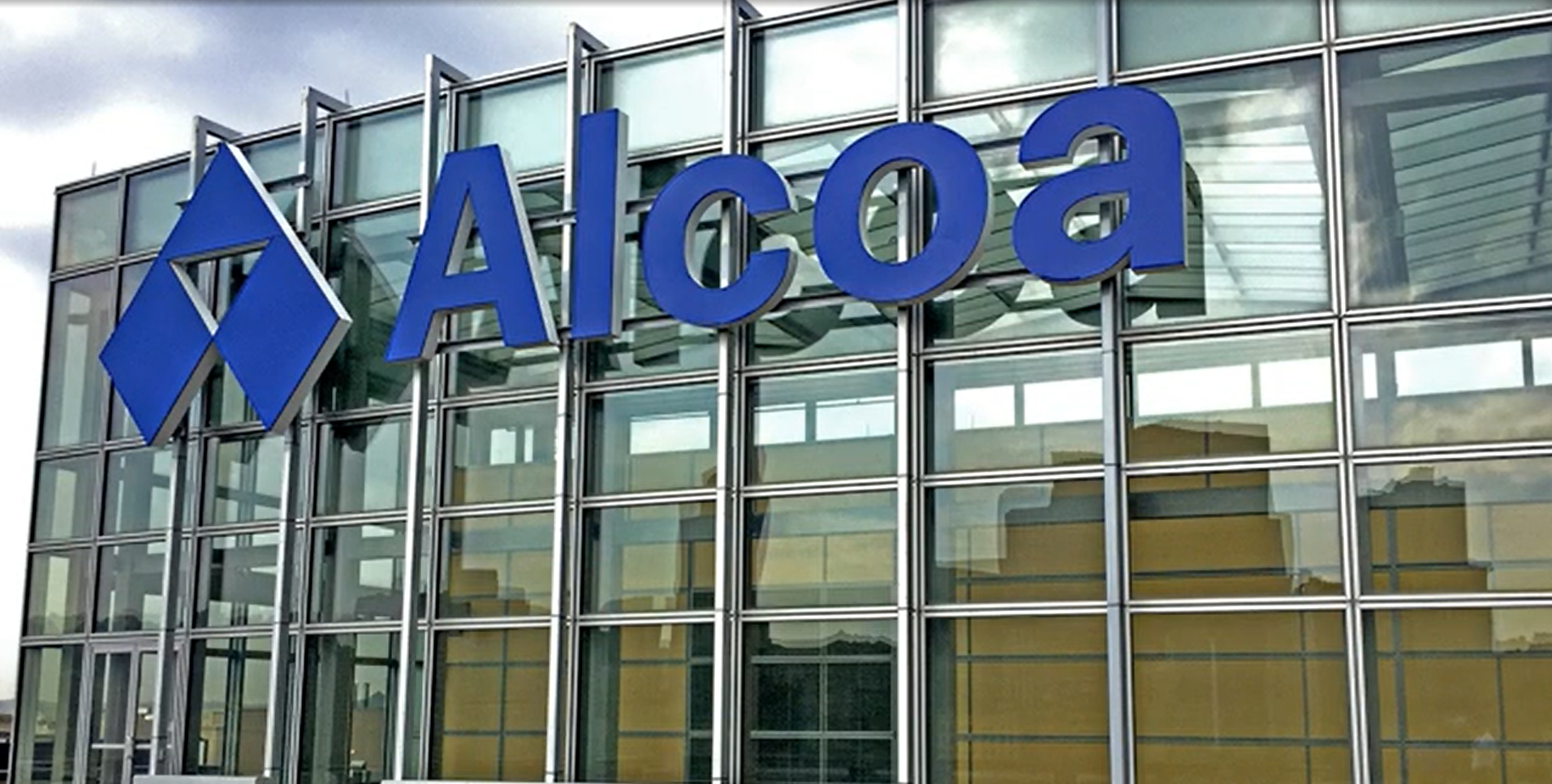 On Friday, August 18, Alcoa Corporation, the world’s eighth-largest aluminium producer, announced the renewal of the agreement with AGL Energy Limited (AGL) to source 300 megawatts of power for its Portland Aluminium Smelter in Victoria.
On Friday, August 18, Alcoa Corporation, the world’s eighth-largest aluminium producer, announced the renewal of the agreement with AGL Energy Limited (AGL) to source 300 megawatts of power for its Portland Aluminium Smelter in Victoria.The new agreement will be valid for nine years, effective from July 1, 2026, when the current contract between Alcoa and AGL expires.
The 300 megawatts of power will meet around 50 per cent of the energy required to produce the annual nameplate capacity of 358,000 tonnes of aluminium at Alcoa’s Portland Aluminium Smelter. Currently, the smelter is producing about 75 per cent of the nameplate capacity.
According to Alcoa Australia President Matt Reed, the new deal will secure the smelter’s future operation and save more than 760 jobs, including contractors.
Matt Reed said, “On behalf of the Portland Aluminium joint venture partners, we are pleased to continue our longstanding relationship with AGL with this agreement that provides a strong platform for the long-term future of the smelter, which is central to the social and economic fabric of the region.”
Portland Aluminium Smelter in Victoria not only contributes 20 per cent to the Australian market with its production but has a substantial economic impact on the region by paying more than $68 million in direct salaries, wages, and perks, in addition to $179 million in local supply contracts.
The smelter also drives most of Victoria’s energy demand and aids in preserving the stability of the electrical grid as more renewable energy enters the system.
Reed said Alcoa was exploring renewable energy solutions for power requirements starting in mid-2026 to achieve the net zero carbon emissions goal by 2050.
Portland Aluminium Smelter is a wholly-owned subsidiary of Alcoa, CITIC Nomineed Pty Ltd, and Marubeni Aluminium Australia Pty Ltd.